In the rapidly evolving world of agriculture, farmers have always sought innovative ways to improve productivity and reduce costs. One such method gaining traction in the rice farming industry is machine seeding. With its ability to streamline the process while ensuring enhanced precision, machine seeding has the potential to revolutionize rice cultivation. Benefits of Machine Seeding: 1. Increased Efficiency: Traditional manual seeding methods often require significant labor and time investments. Machine seeding eliminates the need for extensive human labor, as it automates the process. With the ability to cover large areas quickly and efficiently, machines significantly boost the overall productivity of rice farming operations.

.
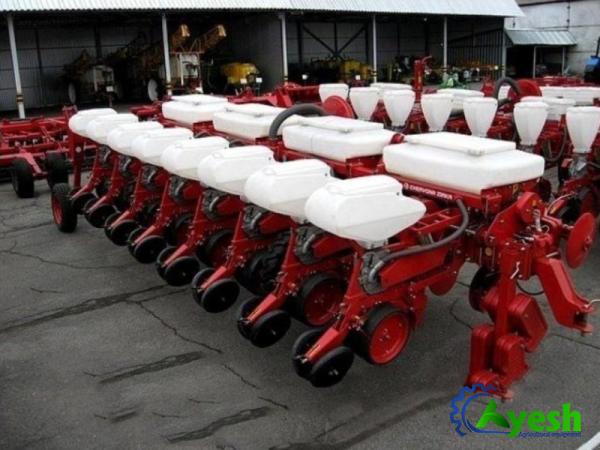 2. Improved Precision: Achieving consistent seed spacing and depth is crucial in rice cultivation. Machine seeding provides enhanced precision compared to manual methods, ensuring uniform distribution of seeds and optimal plant spacing. This precision helps to promote healthy crop growth, uniformity in maturation, and easier access for spraying and harvesting. 3. Time and Cost Savings: By mechanizing the seeding process, farmers save valuable time during the critical planting window. Traditional manual methods are not only time-consuming but also rely heavily on labor, which can be expensive and unreliable depending on availability. Machine seeding reduces labor costs and allows farmers to allocate their resources more efficiently, leading to overall cost savings.
2. Improved Precision: Achieving consistent seed spacing and depth is crucial in rice cultivation. Machine seeding provides enhanced precision compared to manual methods, ensuring uniform distribution of seeds and optimal plant spacing. This precision helps to promote healthy crop growth, uniformity in maturation, and easier access for spraying and harvesting. 3. Time and Cost Savings: By mechanizing the seeding process, farmers save valuable time during the critical planting window. Traditional manual methods are not only time-consuming but also rely heavily on labor, which can be expensive and unreliable depending on availability. Machine seeding reduces labor costs and allows farmers to allocate their resources more efficiently, leading to overall cost savings.
..
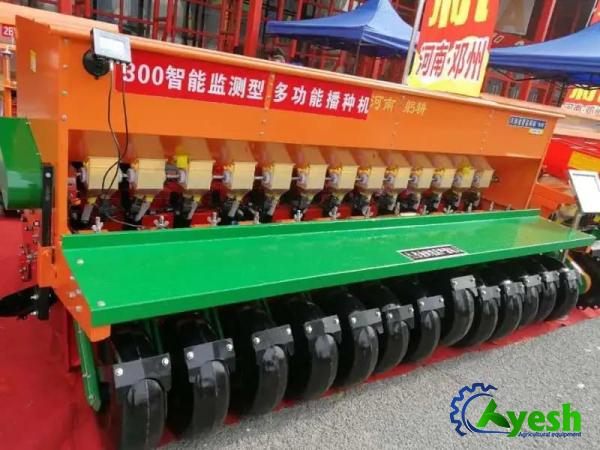 4. Reduced Seed Wastage: Accurate seed placement is crucial for optimizing germination rates and overall crop yield. Machine seeding systems use advanced technology to ensure accurate seed placement, minimizing seed wastage. This precision allows farmers to make the most of their available resources and achieve higher crop yields while reducing unnecessary seed usage. 5. Environmental Sustainability: Machine seeding contributes to environmental sustainability by helping farmers adopt more ecologically responsible practices. With precise seed placement, farmers can reduce the number of seeds planted, therefore minimizing excess seed runoff into nearby water sources.
4. Reduced Seed Wastage: Accurate seed placement is crucial for optimizing germination rates and overall crop yield. Machine seeding systems use advanced technology to ensure accurate seed placement, minimizing seed wastage. This precision allows farmers to make the most of their available resources and achieve higher crop yields while reducing unnecessary seed usage. 5. Environmental Sustainability: Machine seeding contributes to environmental sustainability by helping farmers adopt more ecologically responsible practices. With precise seed placement, farmers can reduce the number of seeds planted, therefore minimizing excess seed runoff into nearby water sources.
…
 Additionally, by avoiding unnecessary seed usage, farmers can lower their environmental impact and conserve precious resources. Conclusion: Machine seeding in rice cultivation offers a range of benefits, including increased efficiency, improved precision, time and cost savings, reduced seed wastage, and enhanced environmental sustainability. By adopting this technology, farmers can streamline their operations, enhance crop quality, and gain a competitive edge in the rapidly evolving agricultural landscape. As the demand for rice continues to rise to meet the global population’s growing food needs, machine seeding proves to be a smart investment for farmers looking to optimize their yields and contribute to a more sustainable future.
Additionally, by avoiding unnecessary seed usage, farmers can lower their environmental impact and conserve precious resources. Conclusion: Machine seeding in rice cultivation offers a range of benefits, including increased efficiency, improved precision, time and cost savings, reduced seed wastage, and enhanced environmental sustainability. By adopting this technology, farmers can streamline their operations, enhance crop quality, and gain a competitive edge in the rapidly evolving agricultural landscape. As the demand for rice continues to rise to meet the global population’s growing food needs, machine seeding proves to be a smart investment for farmers looking to optimize their yields and contribute to a more sustainable future.
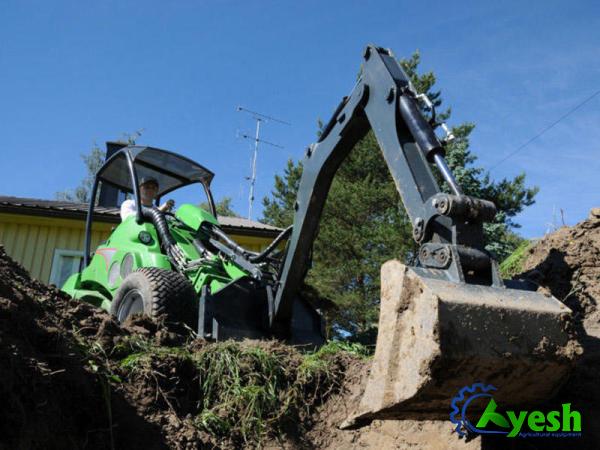

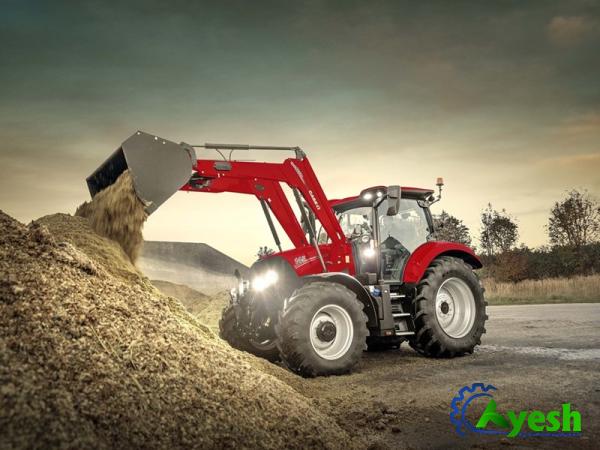

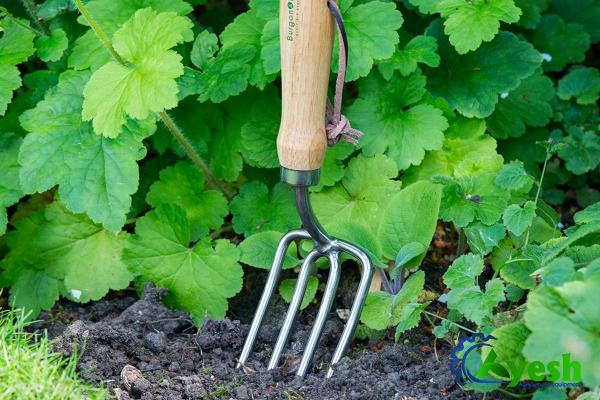

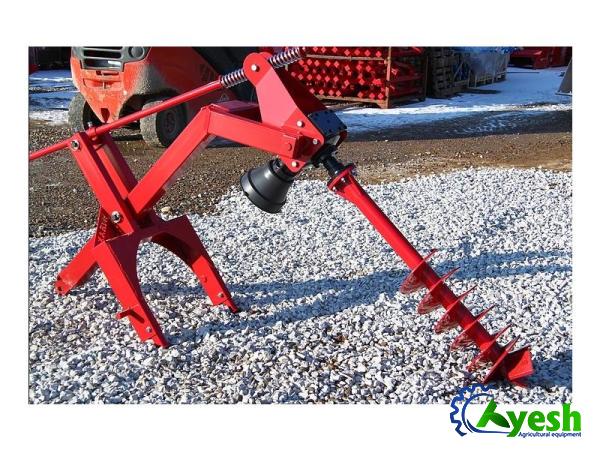



Your comment submitted.